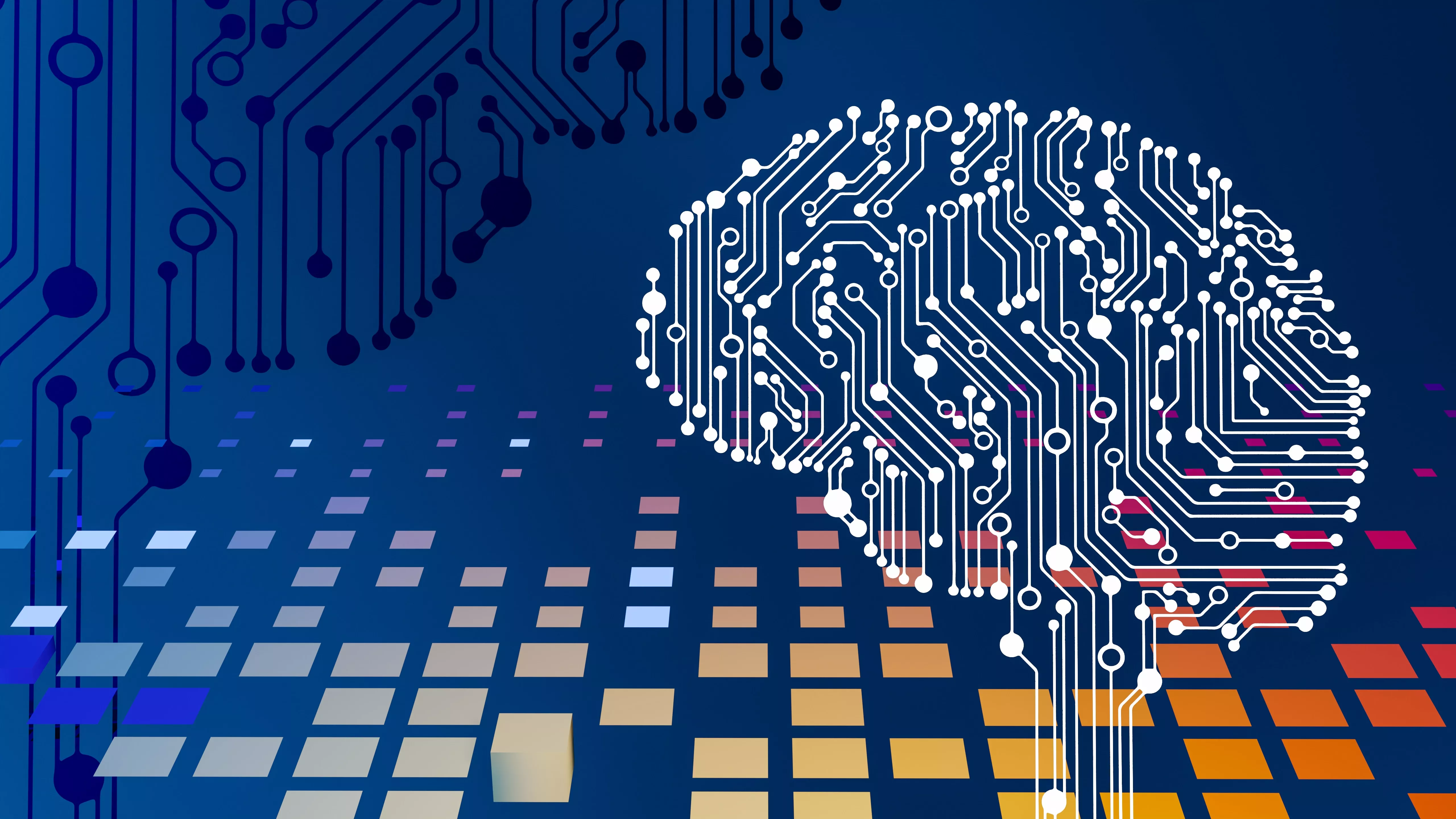The AI Market Ecosystem

Photo by Steve Johnson on Unsplash
For users of AI tools, the discussion often focuses on the newest version of ChatGPT or Gemini or DeepResearch. But the point of contact of the AI industry with users is of course just one part of the AI industry as a whole. Leonardo Gambacorta and Vatsala Shreeti lay it out in “The AI supply chain” (Bank of International Settlements Papers No. 154, March 2025). Here is their version of the AI supply chain:

Based on this structure, here are some of the key player in the overall AI ecosystem:

Of course, these graphs are an overview rather than a detailed presentation, but that’s often a useful way of gaining perspective. Gambacorta and Shreeti provide more detail in the text. For example (citations and references to graphs omitted):
Hardware. Consider the most important hardware for AI applications, namely microprocessors like GPUs. Nvidia – headquartered in Santa Clara, California, in the United States – serves most of the market for GPUs, with its market share reported to be larger than 90%. It has gross margins of over 70% and has seen its revenues increase by 405% between 2023 and 2024. Initially serving the video game market, Nvidia had a head start in leveraging the parallel computing capacity of its GPUs for AI models. Over time, it has built-up substantial intellectual property and a significant reputation, solidifying its position as the market leader for GPUs. Apart from the GPUs themselves, Nvidia also produces complementary software. Nvidia’s GPUs come in an exclusive bundle with CUDA, its parallel computing platform, which enables programmers and software developers to simplify the process of using GPUs and to enhance their performance. CUDA has become the industry standard for programmers and can only be used with Nvidia’s GPUs. …
To be sure, several other firms, including startups and big techs, are also active in the market for AI hardware. Advanced Micro Devices (AMD), Intel and big techs like Microsoft, Google and Amazon are all producing AI microprocessors to compete with Nvidia’s GPUs, both for training AI models and for inference. Chinese companies like Alibaba, Baidu and Huawei are also starting to produce their own microprocessors, especially in light of geopolitical constraints. …
Cloud computing layer. Globally, the cloud computing market is dominated by three big tech companies: Amazon Web Services (AWS) with a market share of 31%, Microsoft Azure with 24% and Google Cloud Platform with 11%. In the European Union (EU), the estimated combined market share of AWS and Azure in 2020 was over 80% and their profit margins were also reported to be high, at 30% and 38%, respectively. In the case of the IaaS segment – the most relevant one for AI models the market is even more concentrated. In 2023, AWS, Microsoft Azure and Google Cloud Platform together accounted for nearly 74% of the global market. …
Training data. So far, frontier AI models have been trained using vast troves of publicly available data. However, as the stock of public data rapidly declines, firms are turning to other data sources. …
Foundation models. At first glance, the market for foundation models is dynamic and rife with competitors. There are over 300 foundation models in the market, provided by 14 different firms. There are also competing business models – while some firms choose to offer proprietary foundation models (like OpenAI and Google DeepMind), others have adopted a relatively more open approach (notably Meta with its open source Llama models and, more recently, DeepSeek). … Nevertheless, the market for foundation models is currently dominated by only a handful of firms like OpenAI, Google DeepMind, Anthropic and Meta. In 2023, despite numerous competing foundation models, OpenAI’s GPT-4 accounted for 69% of the market for generative AI in terms of global revenue. Given the dynamic nature of the market and the potential to realise efficiencies, the hierarchy may shift rapidly. …
AI applications and user-facing layer. The last stage of the AI supply chain, the user facing layer, follows the playbook of digital platforms and mobile applications. Since the “ChatGPT moment” of AI, applications built on top of foundation models have been proliferating in various sectors of the economy including health, education, backend processing and compliance, software development and others. Nonetheless, and as with digital platforms, there can be a risk of “winner takes all” dynamics emerging in the markets for AI applications. While it is a Herculean task to trace the market for AI applications in every sector, the market for chatbots can be instructive. … [D]espite a flurry of similar interfaces, ChatGPT still accounted for 60% of the chatbot market (measured by the total number of monthly visits) in 2024, highlighting the importance of being first to market.
One lesson from this overview is that if one believes that AI tools are going to be important drivers of productivity going forward, then a leading economy like the United States should be interested in strengthening the entire ecosystem for developing and using AI. A harder lesson is that with a very rapidly evolving technology, the best approaches for firms, users, and policymakers are not at all obvious in advance. Firms that seem to have a dominant market position in early 2025 may not have one in six months or a year or two, whether policymakers take any action or not. Lessons are learned about a technology as firms and strategies rise and fall, and to a substantial extent, policymakers should let the process play out so tha these lessons can be learned. In particular, policymakers have a tendency to listen to the loudest complainers, rather than giving equal weight to the beneficiaries who are too busy building and using these tools to spend time lobbying about them.
More By This Author:
A View From The IMF On Nuances Of Industrial Policy
The Benefits And Dangers Of Decision-Making By Algorithm
The North American Trade Bloc At Risk
Disclosure: None.



